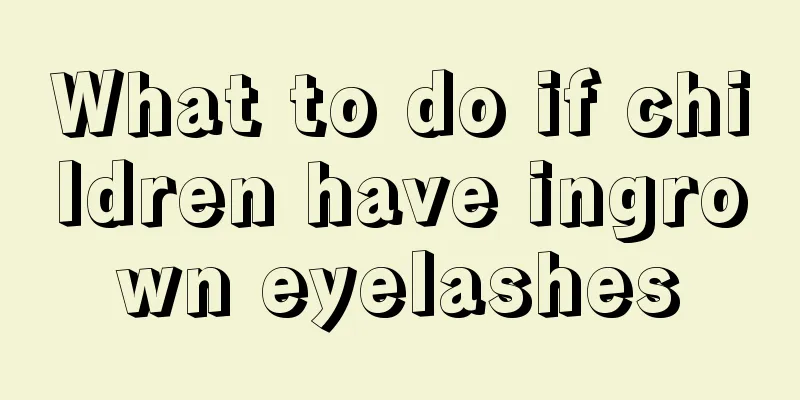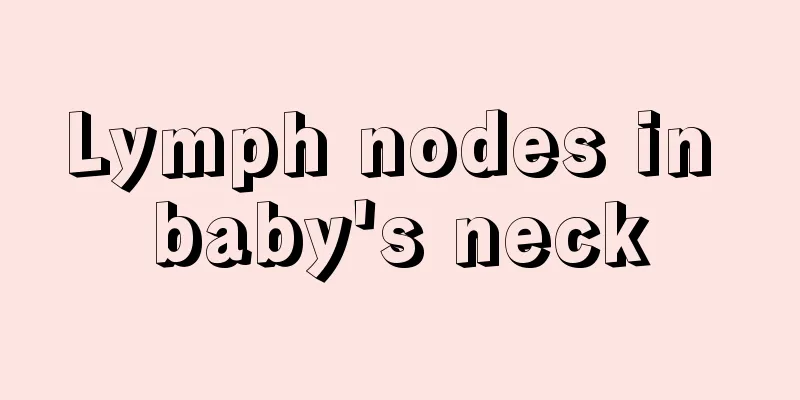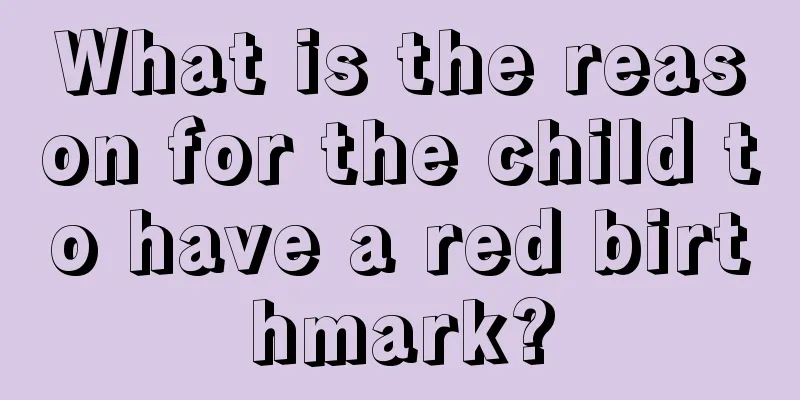What to do if children have ingrown eyelashes

|
Inverted eyelashes are a relatively common phenomenon, especially among the elderly and children. As for children's ingrown eyelashes, parents need to take certain measures to deal with them. Of course, if the inverted eyelashes are serious, you need to go to the hospital for surgical treatment to achieve good results. Below, we will introduce you to the relevant knowledge about inverted eyelashes in detail! 1. What is inverted eyelashes? Trichiasis is one of the most common extraocular eye diseases in ophthalmology. It is mainly due to the abnormal position of the eyelid eyelashes and eyelid margin, which causes the eyelashes to grow backwards and touch the cornea and conjunctiva, causing damage to the cornea and conjunctiva. Trichiasis mostly occurs in children and adolescents, and can cause photophobia, tearing, conjunctivitis, keratitis, and even corneal clouding and corneal leukoplakia, affecting vision. Active prevention and treatment should be carried out in normal times. 2. What are the categories of inverted eyelashes? There are four main types of inverted eyelashes: 1. Congenital inverted eyelashes, which are more common in children and often occur in the inner canthus of the lower eyelid; 2. Spasmodic entropion, which may be paroxysmal or may last for a long time; 3. Senile inverted eyelashes, which mostly occur in middle-aged and elderly people; 4. Inverted eyelashes caused by scarring inverted eyelids are mainly due to conjunctivitis, trachoma, and chemical burns of the cornea and conjunctiva, causing conjunctival scars. 3. What causes inverted eyelashes? The causes of inverted eyelashes mainly include the following four situations: 1. Simple reverse growth of eyelashes; 2. Inverted eyelashes due to entropion, which can be caused by congenital, senile entropion, spastic, or scar factors; 3. Caused by children's lower eyelid folds, and some children also have epicanthus; 4. Eyelashes grow randomly and grow in a disorderly manner; double rows of eyelashes can also be seen. 4. What should I do if my child has ingrown eyelashes? Eyelashes in children are a very common disease. In general, surgical treatment is recommended, but surgical treatment generally requires general anesthesia. Many parents delay the time of surgical correction as much as possible for fear of anesthesia risks. In fact, this is completely unnecessary. When the eyelashes in the lower eyelid are serious and persist, surgical treatment should be considered in time. If the child's eyelashes in the lower eyelid are very long, when the child looks down, the long eyelashes will keep sweeping across the surface of the cornea, which can easily cause damage or infection to the corneal epithelium. Repeated repair of corneal epithelial damage can form scars, causing high astigmatism and affecting the child's vision. |
<<: What are the side effects of baby filming?
>>: What should I do if my child has lymph node disease?
Recommend
Is it caused by brain hypoxia when the baby stretches hard?
If a mother encounters difficulties or other symp...
What are the recipes for children's colds?
Children's illness always brings a lot of tro...
What to do if a child has testicular effusion
When a child is found to have fluid accumulation ...
Nursing methods for babies with vomiting and low-grade fever
Today's babies are relatively fragile, so it ...
What should I pay attention to when my child changes his teeth?
Children usually start to change their teeth when...
What are the symptoms of nephritis in a 5-year-old child?
Nephritis is a disease that is most likely to occ...
Developmental characteristics of girls at different stages
For a girl, different characteristics will contin...
What should I do if my child is picky about food and doesn’t like to eat?
Being picky about food is a common problem among ...
Three major factors that children rely on for height growth
Experts say that "genetic factors account fo...
How to treat dampness in children
I believe everyone is familiar with dampness. Man...
Children have thick yellow tongue coating and cough
There are many reasons why children have yellow t...
What is the reason for the baby's face to have a port-wine stain?
Facial port-wine stain is a common benign tumor i...
Is mumps serious in children?
Because mumps does not cause too many symptoms in...
What should I do if one side of my baby's nose is blocked?
Sometimes when we are taking care of the baby, we...
What to do if your baby has a low-grade fever and cough
Now many parents report that their babies’ low-gr...









